
28 Apr Winter is coming – our tips on preparing your horse for winter
The days are getting shorter, the nights are getting colder…winter is coming. Winter is a season that can be tough on horses due to cold temperatures, wind, rain and the decrease of nutrition in their pastures.
It can be a difficult time to maintain your horse’s weight, immunity and general health, and can be especially challenging for older horses and those that struggle to gain and maintain weight. The best thing you can do is prepare your horse for winter, so in this article we’ll cover:
Why cold temperatures increase your horse’s need for energy
How being in good condition helps your horse stay warm and healthy
How to help older horses maintain weight
Our top tips for managing nutrition in winter
How your horse’s daily diet can keep them warm
The key to managing your horses in winter is to BE PROACTIVE! Prepare your horse for winter now. Don’t wait until it arrives, or you notice your horse dropping condition.
Why Cold Temperatures Increase your Horse’s Energy Requirements:
Just like with humans, animals have a core temperature that their body needs to maintain for their vital organs to function. When the outside temperature decreases, your horse’s body needs to work much harder to maintain its core temperature. In horses we talk about the thermoneutral zone which is the range of temperatures between which a horse uses little to no energy to maintain it’s body temperature.
The lower critical temperature (LCT) is the temperature below which horses need to increase their metabolic heat and digestible energy intake to maintain their body temperature. For most horses this is between 0°C and 5°C, but this varies depending on the climate they are used to. For horses that live in a much milder climate this may be higher, or for those in a much colder climate this may be lower. There are lots of influences on an individual horse’s LCT, including whether they have a natural, thick coat or not, their age (young horses, foals and seniors have a higher LCT) and health status. Wind chill and moisture will also impact a horse’s LCT,
When temperatures start to drop below the lower critical temperature, additional dietary energy is required. In Australia, cold temperatures and decreased sunlight also impact our pasture growth. Most pastures will slow or even stop growing in winter and have a lower nutritional value. This means horses on pasture won’t be able to get as many nutrients from their paddocks so rely more on hay, fibre and concentrates to make sure their diet meets all of their nutritional requirements.
If they aren’t getting enough digestible energy from their diet, their body can start to put their consumed (eaten) calories and energy into maintaining their body temperature. When this happens, they are not putting energy into their health or growth (if relevant) and you may see growth rates decrease in young horses.
Forages and fibres are an ideal source of energy (and warmth – more about this later) and should be fed at a minimum of 1.5-2% of your horse’s body weight.
In summary:
– As outside temperature decreases – energy requirements increase
– Pasture growth slows down in winter and it’s feed value decreases
– Prepare early so that you can make changes gradually
Note: for horses and ponies that are prone to laminitis or metabolic conditions, weight gain and energy intake needs to be monitored closely, and a low starch and sugar diet is recommended. If you are concerned about your horse or pony’s weight over winter, don’t hesitate to get in touch with us for a free custom diet from our nutritionist.
Why being in good condition keeps them warm:
Not only does a winter coat help insulate a horse against cold temperatures, but the layer of body fat on a horse in good condition acts like a blanket. Horse’s in good condition with an ideal body score for their age and performance level should be able to withstand most of the cold temperatures that we experience here in Australia. What is an ideal body condition score? For most horses and ponies the ideal score is 5 (Henneke) but the healthy range can be between 4 and 7. LEARN HOW TO BODY CONDITION SCORE YOUR HORSE HERE.
You might hear people talk about an animal’s surface area (skin surface) to volume (insides) ratio. A horse that is in lighter condition or a younger horse that is all gangly will have a high surface area to volume ratio (SA:Vol). Generally, as a horse’s condition improves or they grow, the SA:Vol ratio gets lower. Ever heard the term ‘filling out’?
The SA:Vol rule – the ’rounder’ the animal, the lower the SA:Vol ratio.
Why is SA:Vol Ratio important? Well, when it comes to body temperature, an animal’s surface area is where it loses most of its body heat! So, in winter, if a horse has a SA:Vol ratio that is high, it may lose more heat.
In summary:
– healthy body fat on a horse in good condition provides them with a layer of insulation
– SA:Vol Ratio influences heat loss from their body – a horse in poorer condition will lose more body heat.
– Prepare early and try to lower your horses’s SA:Vol ratio through healthy conditioning
How your horse's daily diet keeps them warm
Did you know that a horse has it’s own central heating system? It produces heat and can keep itself warm by digesting food!
A horse’s body produces heat following the consumption of feed through the processes
of digestion, nutrient metabolism and fermentation in the hindgut. This heat
production is known as the Heat Increment (HI) of feeding.
Forages and fibres have a higher heat increment than grains because of the work involved in digestion, and the high levels of fermentation that occur as the bacteria break it down. Fermentation itself is a process which gives off heat.
You should make sure that you are feeding a minimum of 1.5% to 2% of your horse’s body weight in hay (fibre) every day. For a 500kg horse, that’s between 7.5 and 10kg of hay per day! A diet high in fibre and low in starch, not only gives off heat through fermentation, but feeds the good
bugs in your horse’s gut. The more good bacteria they have, the more fermentation occurs, and the more they can access Volatile Fatty Acids as a source for fuel, the more easily they maintain condition and the warmer they become.
Make sure the hay you are feeding is good quality. You might be feeding lots of hay, but if it is poor quality, the horse still isn’t getting the calories they need.
As with any dietary changes, make sure you prepare your horse early and start making your changes slowly, so they are well adjusted by the time winter comes around.
In Summary:
– High fibre diets have a higher heat increment and keep your horse warmer
– Fibre feeds good bacteria, which encourages more fermentation (warmth) and access to the energy they need.
– Make any dietary changes slowly – be proactive by preparing your horse for winter
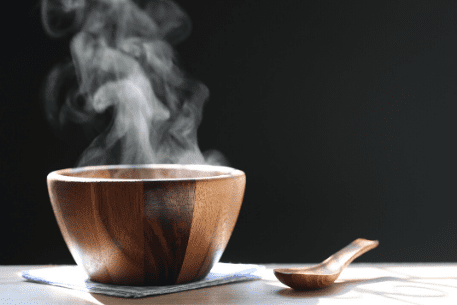
Make a winter treat for your horse!
Make our Horse Cubes Senior Formula into a warm porridge!
Just add warm water and allow to soak.
The highly palatable formula will make a delicious, warming mash to chase away the winter chills - ideal for your golden oldie!
Why your older horse Struggles in winter:
Older horses are often the ones who struggle the most during winter, for many if not all of the reasons we talked about above. They are often harder to keep condition on so lack insulation, their SA:Vol is low, and their gut bacteria have decreased over time! But it’s not all bad, just understanding why winter is hard on them can help you fight the effects with your Golden Oldie.
Older horses can struggle to maintain condition: because an oldie can be harder to add condition to, they might not have the layer of body fat that helps them keep warm. Their body will have to work harder and use what stores they do have.
A horse’s digestive system ages too: as your horse ages, so does their digestive system! It becomes more inefficient, often unable to break down grass and forage as effectively as a young horse. This is in part due to the natural decrease in gut bacteria. As good gut bacteria are essential for fermenting fibre, and fermentation keeps a horse warm, this is a problem in winter!
An old horse’s teeth have a lot of wear: An aged horse will have often worn down the grinding surface of its molars, and their incisors become less efficient at tearing and biting. At any time of year, oldies need a feed that is easy to bite, chew and digest, but this is especially important in winter.
Older horses tend to have a high SA:Vol ratio: many older horses tend to have a higher SA:Vol ratio, as their muscle mass decreases. As discussed above, a high SA:Vol ratio will see them losing more heat.
Our Top tips for Fighting the effects of winter
So what do you need to do to help your horse, young or old, get through winter in great condition and health? Here are our top tips for feeding your horse through winter:
1. Be proactive! If you have a horse prone to weight loss, currently in poorer condition or an older horse, work hard on adding some weight and condition to them early, to get them into a healthy body condition score coming into winter and help with insulation and energy reserves. Remember to make any feed changes slowly.
2. Increase your horse’s intake of fibre. Fibre and forage are the feed ingredients that contribute to your horse’s warmth the most! The digestion and fermentation of fibre produces heat, and they also promote the healthy bacteria in your horse’s gut. Good levels of good bacteria means they can access more energy from Volatile Fatty Acids. They should be getting a 1.5-2% of their body weight minimum.
3. Try to use quality fibre sources: the higher quality your hay or fibre source is, the higher it will be in calories. This is especially important in winter, where calorie intake is important for maintaining condition and providing energy. If your hay quality isn’t high, or you’re worried about fibre intake, try to add a feed that is high in quality fibre.
4. Add some oil for additional calories: adding just 20-60ml of Canola or Linseed oil can boost the calories and energy for your horse. It is great for oldies especially as it is easily digestible. The Omega-3 and Omega-6 will also keep their coat healthy – and a good coat is like a good jumper!
5. Pre and Probiotics can help: they can help promote the healthy gut bacteria that digests and ferments fibre and absorbs nutrients. Especially in older horses who’s bacterial populations have decreased, a boost can help them to convert their fibre to energy and warmth.
If you’ve got any questions, don’t hesitate to ask us! We’re here to help. Contact Us.
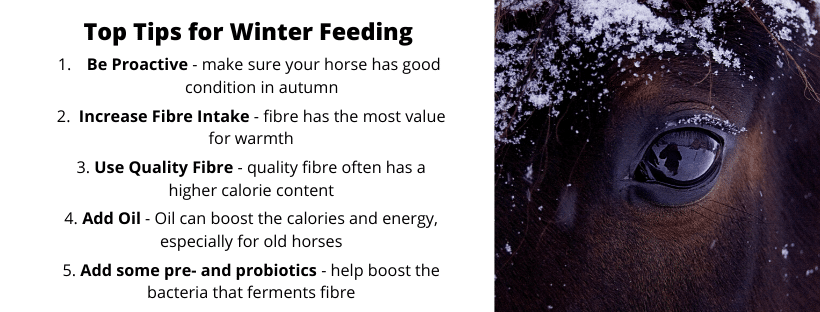
Some of Our winter feed recommendations...
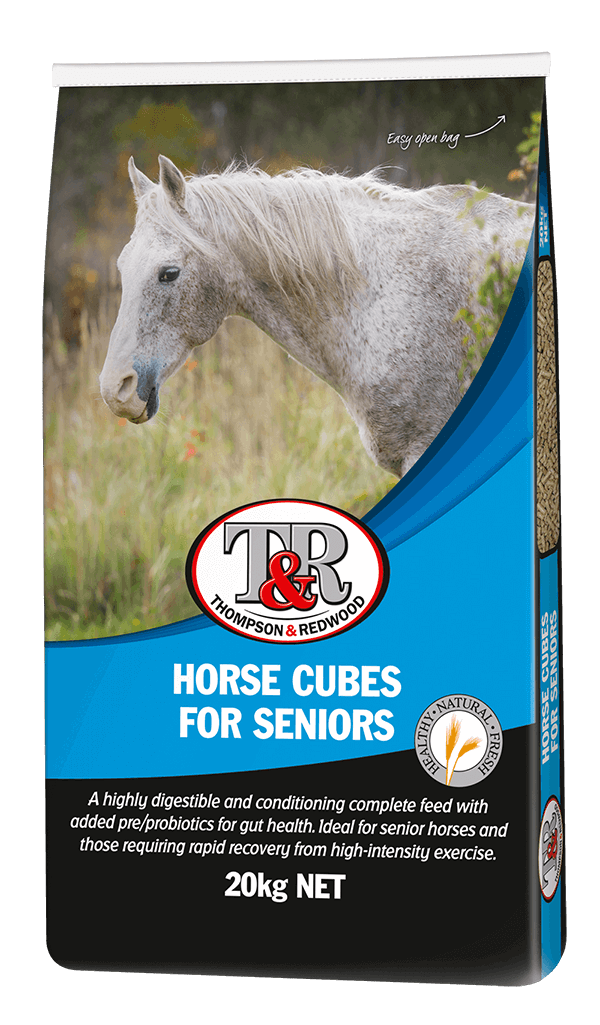
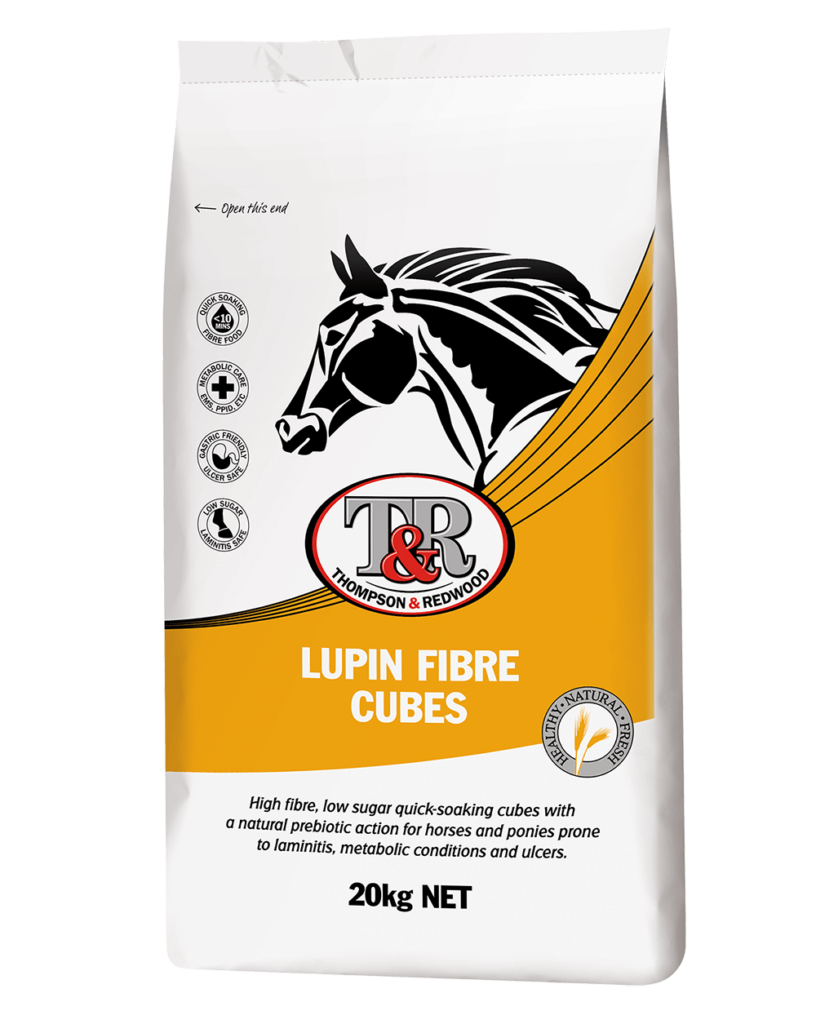
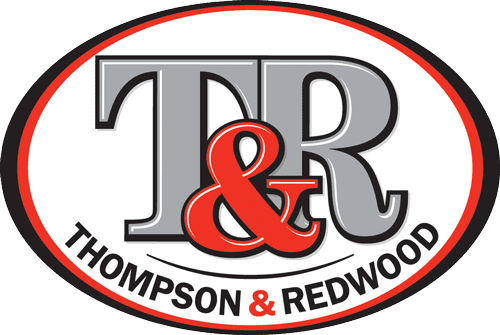


No Comments